Tomahawk missiles: Outdated legacy
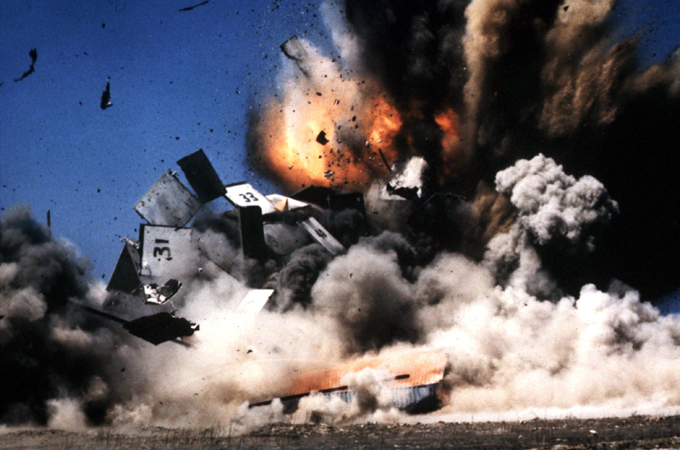
The Tomahawk Land Attack Missile (TLAM) is a long-range, all-weather, subsonic cruise missile that is primarily used by the United States Navy in ship and submarine-based land-attack operations.
The Tomahawk Land Attack Missile (TLAM) is a long-range, all-weather, subsonic cruise missile that is primarily used by the United States Navy in ship and submarine-based land-attack operations.
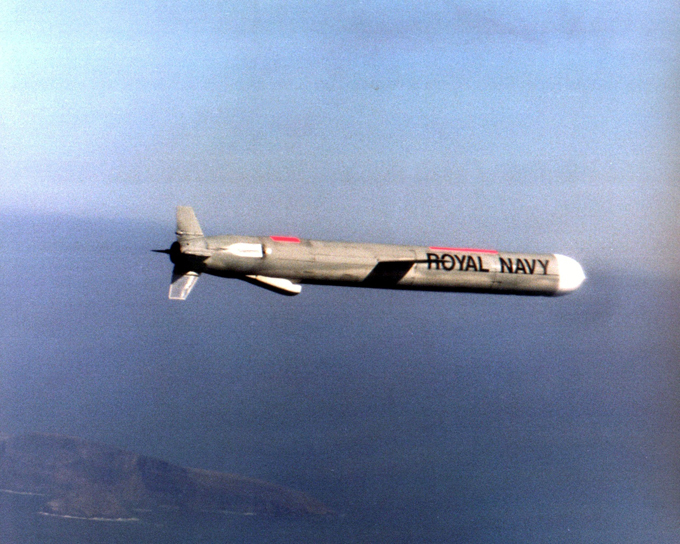
Introduced by General Dynamics in the 1970s, it was initially designed as a medium to long-range, low-altitude missile that could be launched from a surface platform
Introduced by General Dynamics in the 1970s, it was initially designed as a medium to long-range, low-altitude missile that could be launched from a surface platform
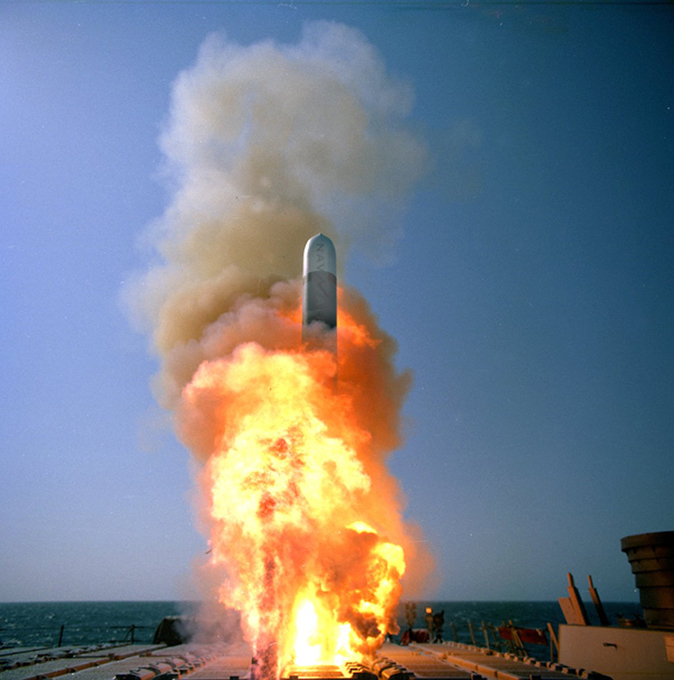
In 2016, the U.S. Department of Defense purchased 149 Tomahawk Block IV missiles for $202.3 million.The missile is named after the tomahawk, a one-handed axe used by the Native Americans.
In 2016, the U.S. Department of Defense purchased 149 Tomahawk Block IV missiles for $202.3 million.The missile is named after the tomahawk, a one-handed axe used by the Native Americans.
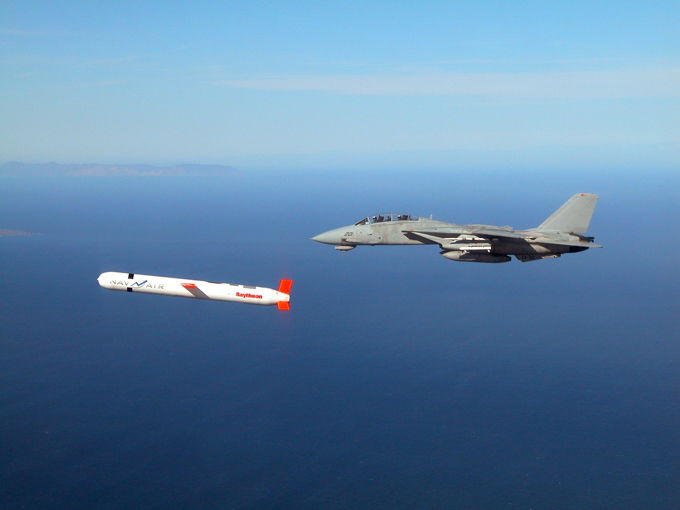
A major improvement to the Tomahawk is network-centric warfare-capabilities, using data from multiple sensors (aircraft, satellites, foot soldiers, tanks, ships) to find its target. It will also be able to send data from its sensors to these platforms. It will be a part of the networked force being implemented by the Pentagon
A major improvement to the Tomahawk is network-centric warfare-capabilities, using data from multiple sensors (aircraft, satellites, foot soldiers, tanks, ships) to find its target. It will also be able to send data from its sensors to these platforms. It will be a part of the networked force being implemented by the Pentagon
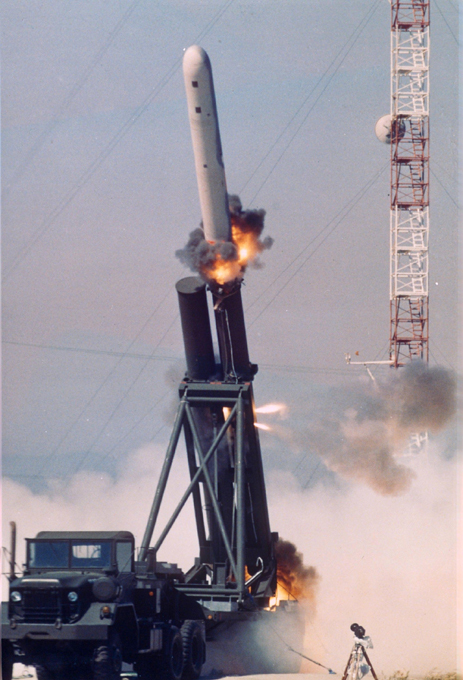
A supersonic version of the Tomahawk is under consideration for development with a ramjet to increase its speed to Mach 3. A limiting factor to this is the dimensions of shipboard launch tubes. Instead of modifying every ship able to carry cruise missiles, the ramjet-powered Tomahawk would still have to fit within a 21-inch diameter and 20-foot long tube
A supersonic version of the Tomahawk is under consideration for development with a ramjet to increase its speed to Mach 3. A limiting factor to this is the dimensions of shipboard launch tubes. Instead of modifying every ship able to carry cruise missiles, the ramjet-powered Tomahawk would still have to fit within a 21-inch diameter and 20-foot long tube
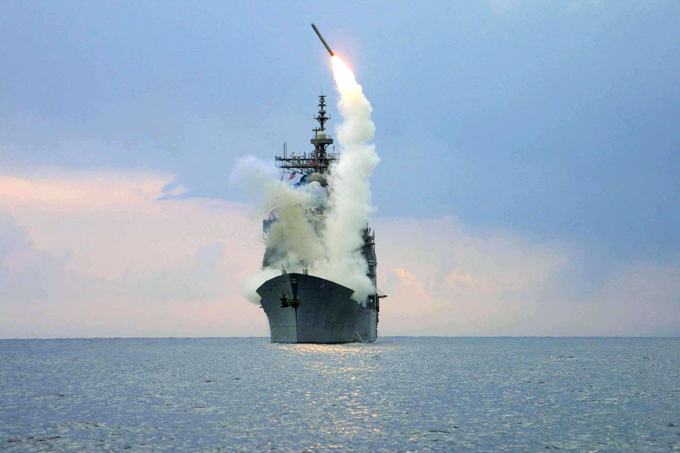
Each missile is stored and launched from a pressurized canister that protects it during transportation and storage, and also serves as a launch tube. These canisters were racked in armored box launchers (ABL), which were installed on the re-activated Iowa-class battleships USS Iowa, USS New Jersey, USS Missouri, and USS Wisconsin
Each missile is stored and launched from a pressurized canister that protects it during transportation and storage, and also serves as a launch tube. These canisters were racked in armored box launchers (ABL), which were installed on the re-activated Iowa-class battleships USS Iowa, USS New Jersey, USS Missouri, and USS Wisconsin

On 6 April 2017, 59 Tomahawk missiles were launched (with one missile landing in the water after launch) from the USS Ross (DDG-71) and USS Porter (DDG-78), targeting Shayrat Airbase near Homs, in Syria. The strike was in response to a chemical weapons attack, an act allegedly carried out by Syrian President Bashar Al-Assad. U.S. Central Command stated in a press release that Tomahawk missiles hit "aircraft, hardened aircraft shelters, petroleum and logistical storage, ammunition supply bunkers, defense systems, and radars"
On 6 April 2017, 59 Tomahawk missiles were launched (with one missile landing in the water after launch) from the USS Ross (DDG-71) and USS Porter (DDG-78), targeting Shayrat Airbase near Homs, in Syria. The strike was in response to a chemical weapons attack, an act allegedly carried out by Syrian President Bashar Al-Assad. U.S. Central Command stated in a press release that Tomahawk missiles hit "aircraft, hardened aircraft shelters, petroleum and logistical storage, ammunition supply bunkers, defense systems, and radars"



